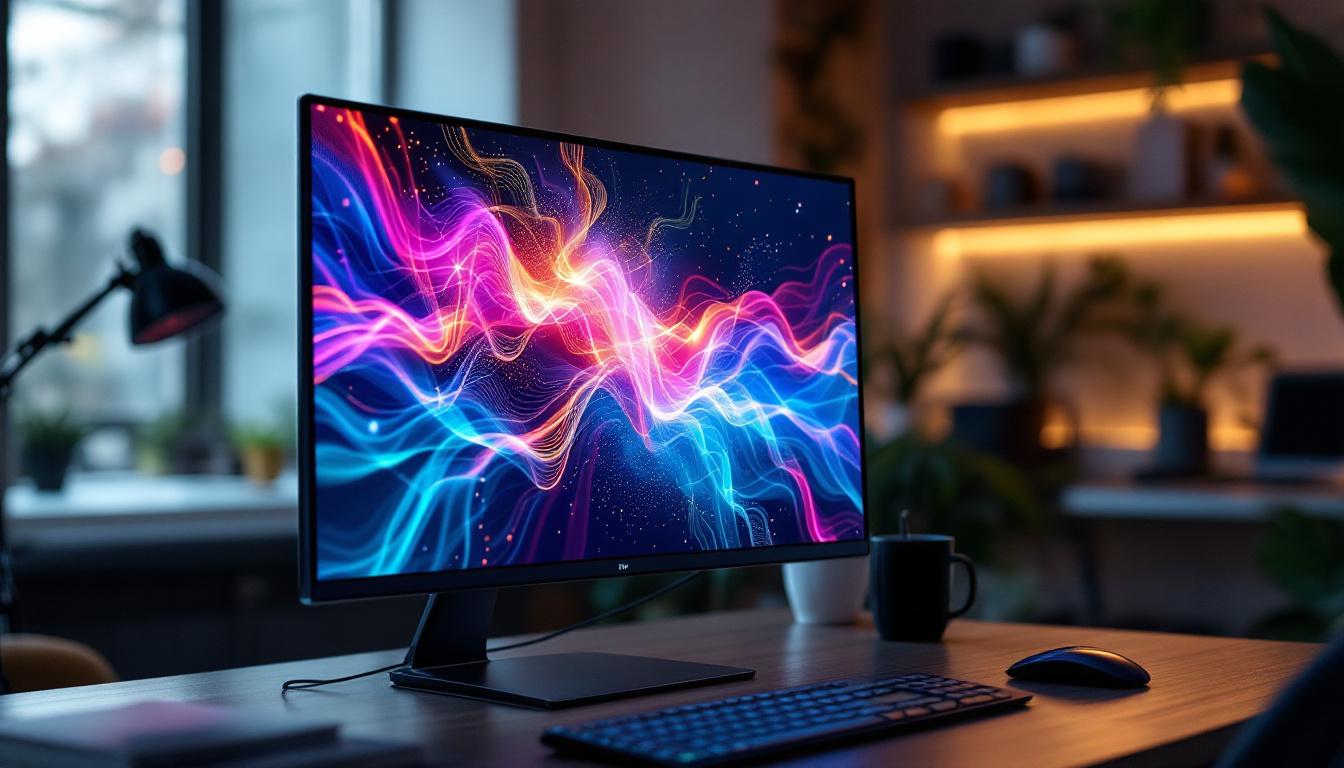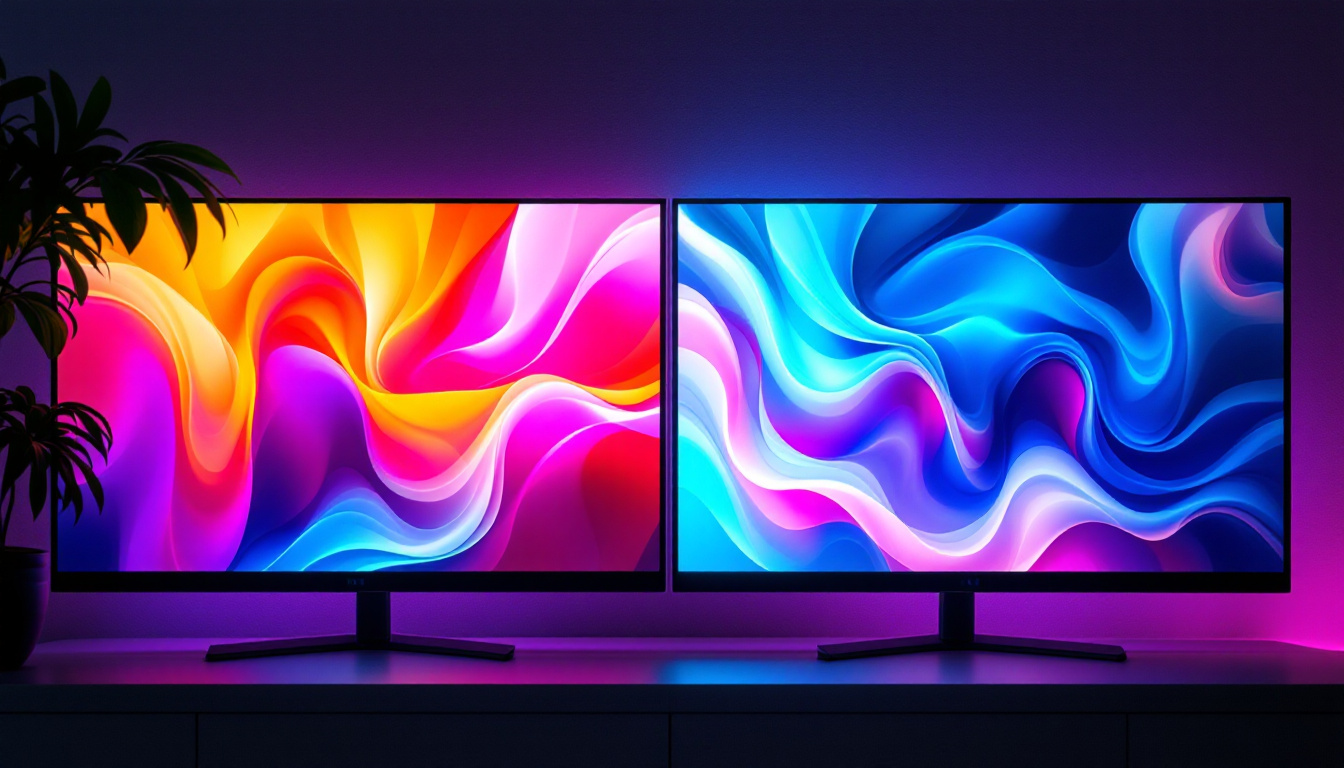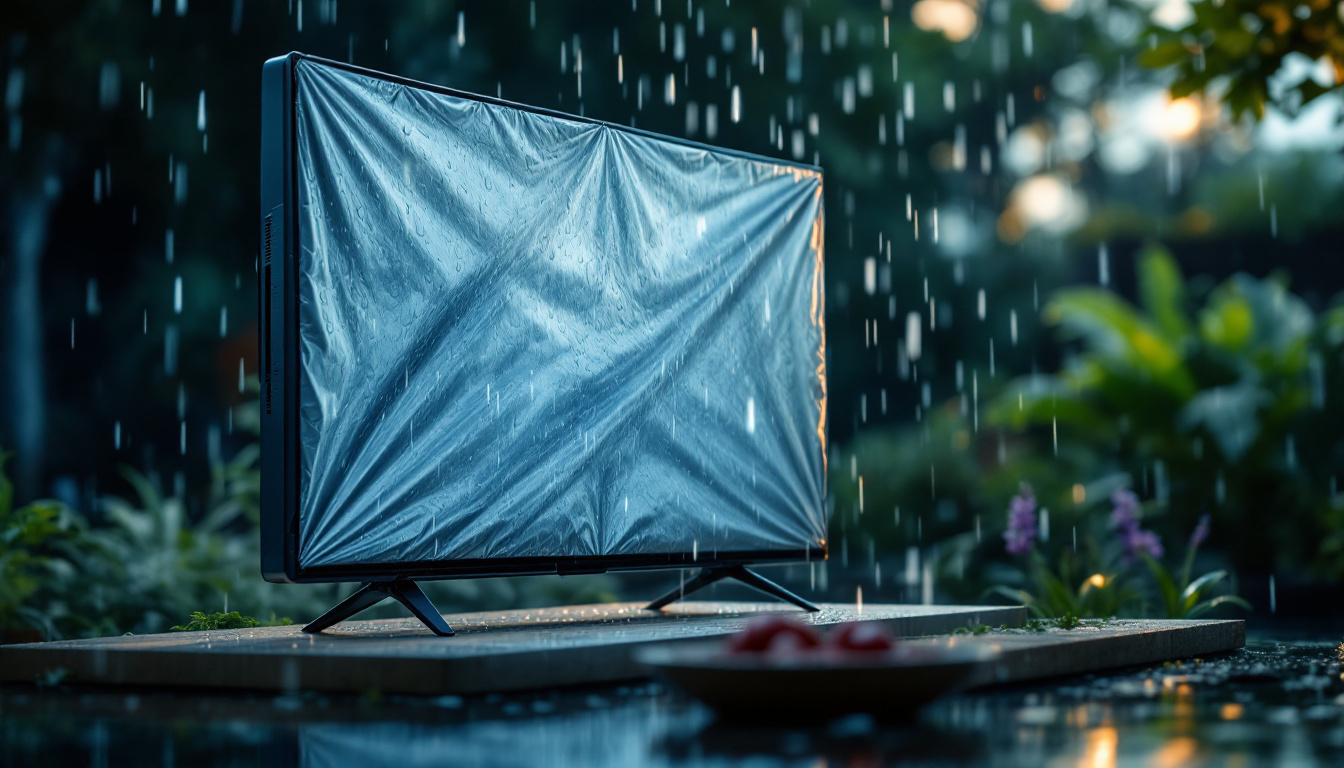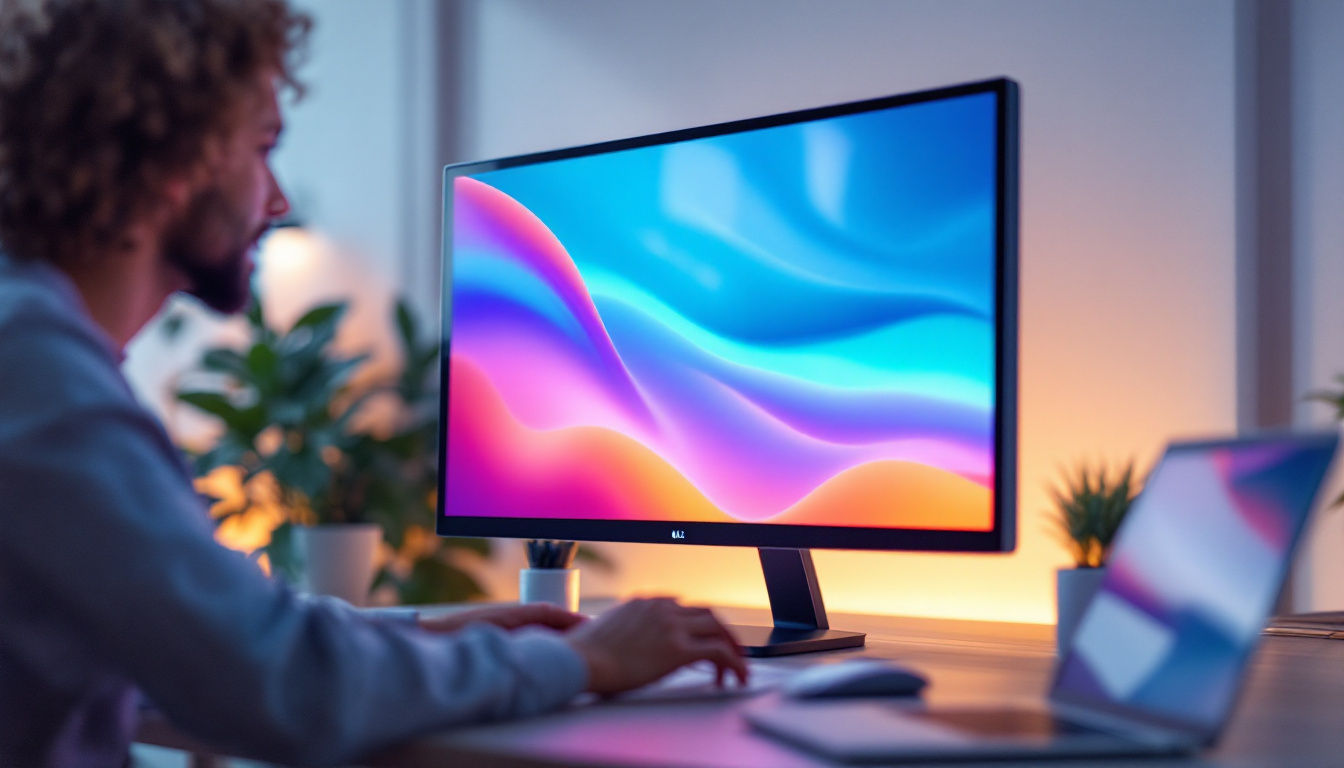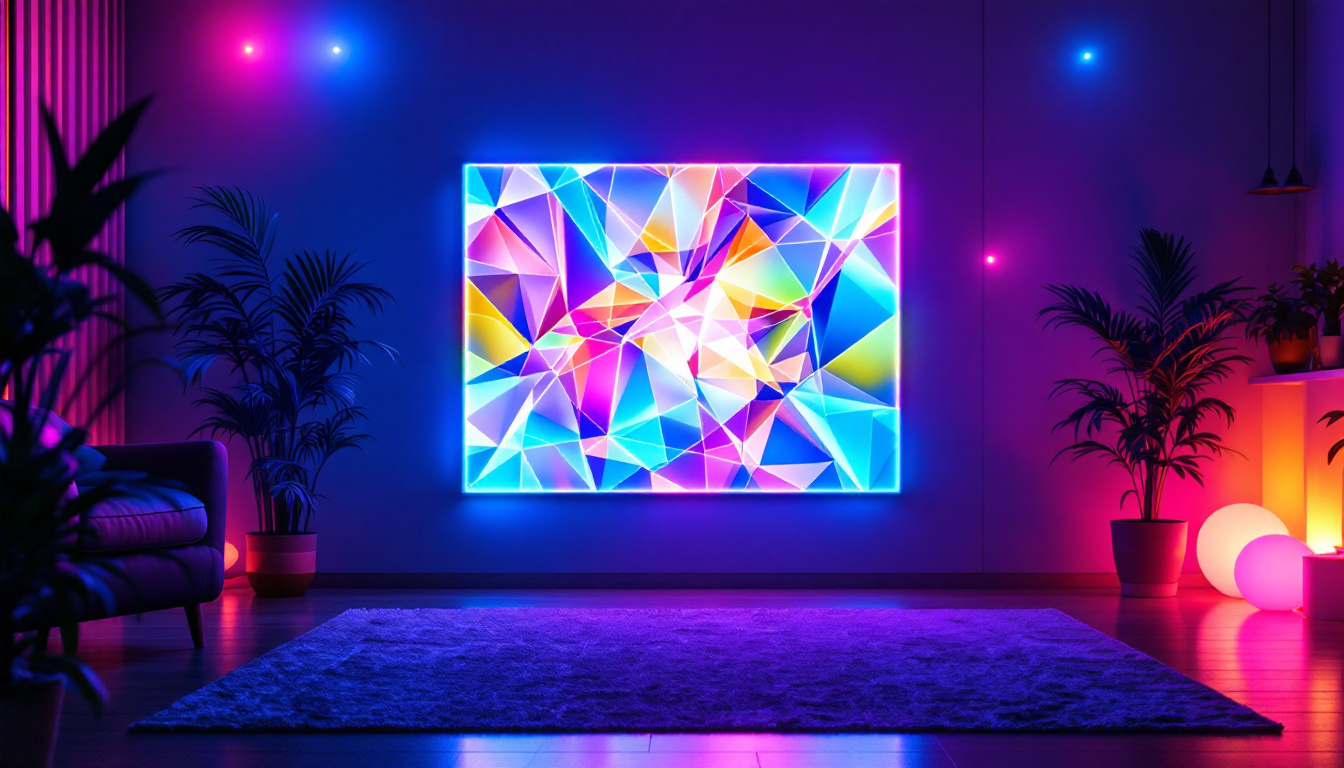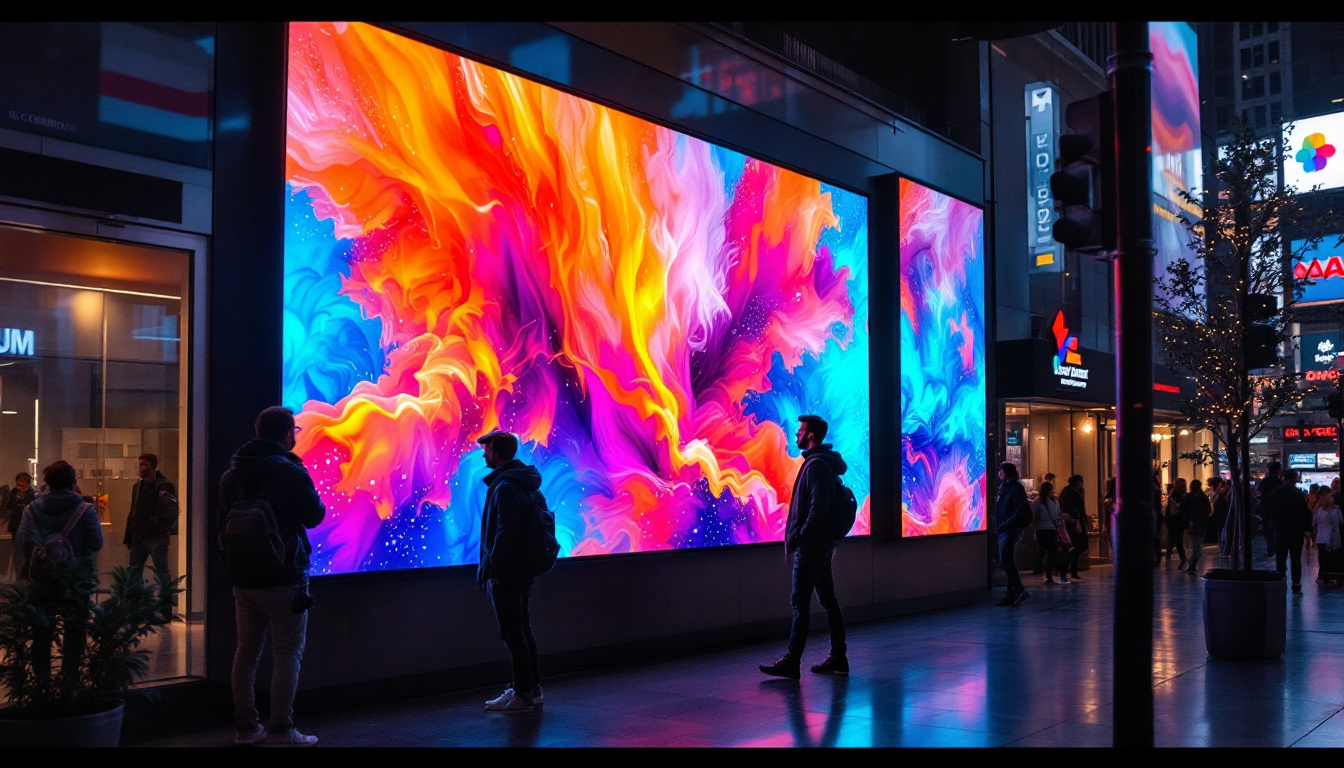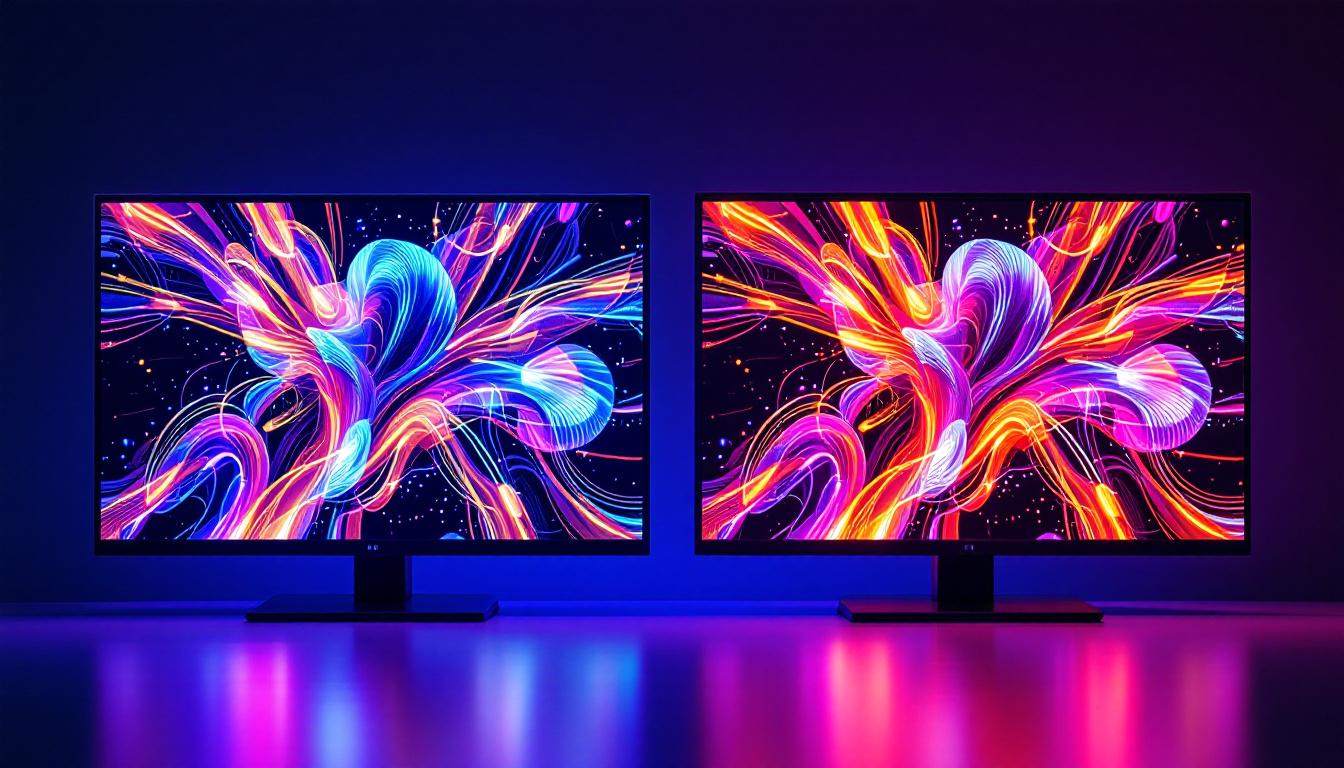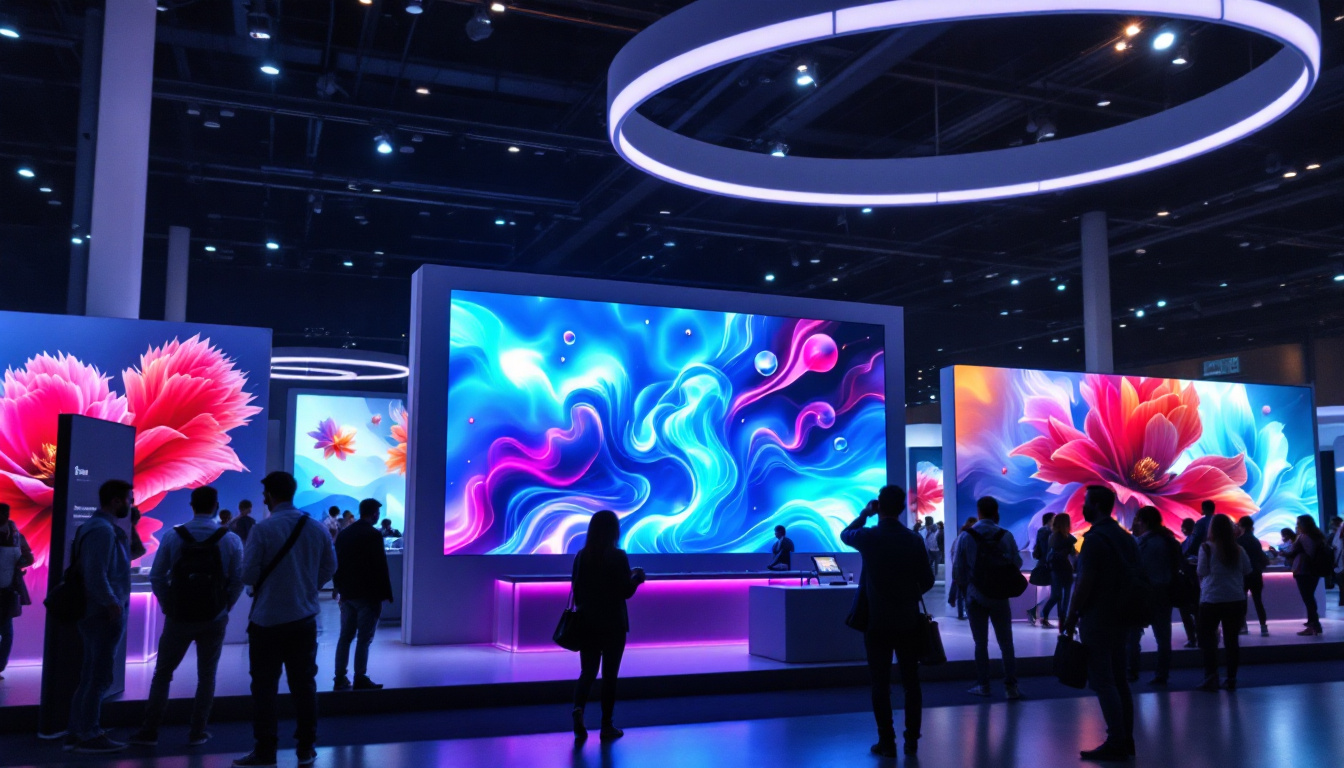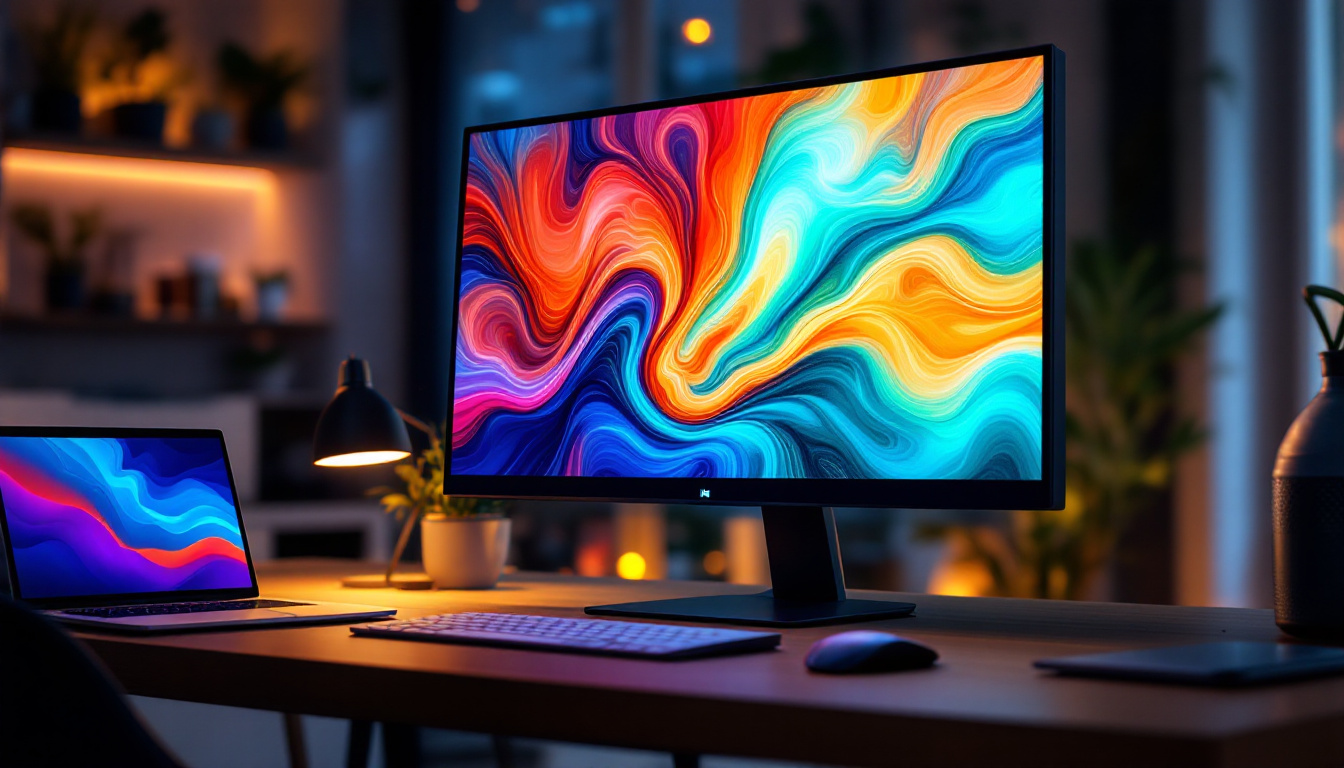In the world of computer monitors, the term “bezel” often comes up, especially when discussing the design and display quality of LED monitors. As technology advances, understanding the role of the bezel and how it interacts with LED displays is essential for anyone looking to purchase a new monitor or optimize their current setup. This article delves into what a bezel is, the evolution of bezel design in LED monitors, and why it matters for both everyday users and professionals.
What Is a Bezel on a Computer Monitor?
The bezel is the frame or border that surrounds the screen of a computer monitor. It serves both functional and aesthetic purposes, holding the display panel in place and protecting the edges of the screen from damage. Traditionally, bezels were quite thick, but with advancements in display technology, manufacturers have been able to reduce their size significantly.
In LED monitors, the bezel is particularly important because it influences the overall viewing experience. A thick bezel can be distracting, especially in multi-monitor setups, while a thin bezel offers a more immersive and seamless viewing area. This is why bezel size and design have become key selling points in modern monitors.
The Role of the Bezel in Monitor Construction
Beyond aesthetics, the bezel provides structural integrity to the monitor. It houses essential components such as the LED backlighting system, wiring, and sometimes control buttons or sensors. The bezel also helps with heat dissipation, ensuring the monitor operates within safe temperature ranges.
Manufacturers must balance the desire for a thin bezel with the need to protect delicate display components. This balance influences the design constraints and ultimately the user experience. In addition to these practical considerations, bezels can also be customized to reflect brand identity or user preferences, with options ranging from sleek metallic finishes to vibrant colors. This customization allows consumers to choose monitors that not only fit their technical needs but also their personal style, making the bezel an important aspect of modern design philosophy.
Furthermore, the evolution of bezels has led to the rise of “borderless” monitors, which aim to minimize the visible frame around the screen to create an almost uninterrupted viewing experience. These designs are particularly popular among gamers and creative professionals who benefit from expansive visual real estate. As technology continues to advance, we can expect to see even more innovative bezel designs that enhance both functionality and aesthetics, pushing the boundaries of what is possible in monitor technology.
Understanding LED Display Technology
LED, or Light Emitting Diode, technology is a popular choice for computer monitors due to its energy efficiency, brightness, and color accuracy. Unlike older LCD monitors that used cold cathode fluorescent lamps (CCFL) for backlighting, LED monitors use LEDs to illuminate the screen, resulting in thinner panels and better picture quality. The transition to LED technology has not only enhanced visual experiences but has also contributed to a more sustainable approach in electronics, as these displays consume less power and have a longer lifespan compared to their predecessors.
Types of LED Backlighting
There are primarily two types of LED backlighting used in monitors: edge-lit and full-array.
- Edge-Lit LED: LEDs are positioned along the edges of the screen, shining light across the display. This allows for thinner bezels and slimmer monitor profiles but can sometimes result in uneven brightness or contrast. Edge-lit displays are often more affordable and are suitable for general use, such as office work or casual gaming, where extreme color accuracy is not as critical.
- Full-Array LED: LEDs are placed directly behind the screen in a grid pattern, providing more uniform backlighting and better control over contrast and brightness. This design often results in slightly thicker bezels but superior image quality. Full-array monitors are particularly favored by graphic designers and video editors who require precise color representation and deeper blacks for their work.
Understanding these differences helps consumers make informed decisions based on their needs, whether prioritizing aesthetics or display performance. Additionally, advancements in local dimming technology, which allows certain areas of the screen to dim independently, are enhancing the capabilities of full-array LED displays, making them even more appealing for high-end applications.
LED vs. OLED: A Brief Comparison
While LED monitors dominate the market, OLED (Organic Light Emitting Diode) technology is gaining traction for its superior color accuracy and contrast ratios. Unlike LED displays that require backlighting, OLED pixels emit their own light, allowing for true blacks and thinner panels without a bezel. This self-emissive nature of OLED technology enables a wider viewing angle, making it an attractive option for shared viewing experiences, such as watching movies or gaming with friends.
However, OLED monitors are generally more expensive and less common in the computer monitor segment. The risk of burn-in, where static images can leave a permanent mark on the screen, is another consideration for potential buyers. LED monitors remain the mainstream choice due to their cost-effectiveness and reliable performance. As technology continues to evolve, hybrid models that combine the best features of both LED and OLED are emerging, promising to deliver enhanced visual experiences while addressing the limitations of each technology.
The Evolution of Bezel Design in LED Monitors
Over the past decade, bezel design has undergone significant changes, driven by consumer demand for larger screen real estate and more immersive viewing experiences. Early LED monitors featured bezels that were often over an inch thick, which limited the screen-to-body ratio.
From Thick to Thin: The Shift in Consumer Preferences
As multi-monitor setups became popular among gamers, designers, and professionals, the need for thin bezels grew. A thick bezel creates a visible gap between screens, breaking the continuity of the display and detracting from the immersive experience.
Manufacturers responded by developing ultra-thin bezel designs, some as slim as 1-2 millimeters. These “borderless” or “frameless” monitors maximize the display area and provide a sleek, modern look that appeals to a wide range of users.
Impact on Multi-Monitor Setups
For users who rely on multiple monitors, bezel size is a critical factor. Thin bezels minimize the visual interruption between screens, making it easier to work across multiple windows or enjoy panoramic gaming experiences.
Some high-end monitors even feature near-zero bezels on three sides, allowing for almost seamless multi-monitor configurations. This design innovation has transformed workflows in industries such as finance, video editing, and software development.
Why Bezel Size Matters: Practical Considerations
While the trend toward thinner bezels is clear, it’s important to understand the practical implications of bezel size on usability and durability.
Ergonomics and User Comfort
A thinner bezel can reduce eye strain by providing a larger uninterrupted viewing area. This is particularly beneficial for users who spend long hours in front of their monitors. Additionally, a slim bezel can help maintain focus by minimizing distractions at the edges of the screen.
Durability and Protection
Thinner bezels may be more susceptible to damage from accidental bumps or drops. Monitors with thicker bezels often offer better protection for the display panel, especially in environments where the monitor is frequently moved or adjusted.
Consumers should weigh the aesthetic benefits of thin bezels against the potential risk of damage, particularly in high-traffic or industrial settings.
Cost Implications
Monitors with ultra-thin bezels often come at a premium price. The manufacturing process requires more precise engineering and higher-quality materials, which can increase costs. For budget-conscious buyers, slightly thicker bezels may be a reasonable trade-off for affordability.
Choosing the Right Bezel Monitor for Your Needs
When selecting an LED monitor, considering bezel size alongside other factors such as resolution, refresh rate, and color accuracy will ensure the best overall experience.
For Gamers
Gamers often prioritize immersive visuals and fast response times. Thin bezel monitors are ideal for multi-screen gaming setups, providing a wide field of view without interruption. Additionally, monitors with full-array LED backlighting and high refresh rates (144Hz or higher) enhance gaming performance.
For Professionals
Graphic designers, video editors, and other creative professionals benefit from monitors with excellent color accuracy and uniform backlighting. Full-array LED monitors with thinner bezels help maintain focus and provide ample screen space for detailed work.
For General Use
For everyday tasks such as browsing, office work, and media consumption, a standard LED monitor with moderate bezel thickness offers a good balance of price, durability, and performance. Users should consider screen size and resolution alongside bezel design to find the best fit.
Future Trends in Bezel and LED Monitor Technology
The future of bezel and LED monitor design promises even more innovation as manufacturers push the boundaries of display technology.
Micro-LED and Beyond
Micro-LED technology, which uses microscopic LEDs to create images, offers the potential for even thinner panels with superior brightness and energy efficiency. This technology could eventually replace traditional LED backlighting, allowing for bezel-less designs that are both durable and visually stunning.
Flexible and Curved Displays
Flexible LED panels enable curved and foldable monitors, which can enhance ergonomics and viewing comfort. These designs often feature minimal bezels to maintain a smooth, continuous surface, further improving the immersive experience.
Integration with Smart Technologies
Future monitors may incorporate smart features such as built-in cameras, sensors, and voice controls seamlessly into the bezel area. This integration will require innovative bezel designs that balance functionality with aesthetics.
Conclusion
The bezel of a computer monitor, especially in LED displays, plays a crucial role in the overall user experience. From protecting the screen to enhancing aesthetics and enabling multi-monitor setups, bezel design has evolved significantly alongside LED technology. Understanding the differences in bezel size and LED backlighting types helps users make informed choices tailored to their specific needs.
As technology continues to advance, the trend toward thinner, more functional bezels will persist, offering users increasingly immersive and visually appealing displays. Whether for gaming, professional work, or everyday use, selecting the right bezel computer monitor with LED display technology can greatly enhance productivity and enjoyment.
Explore Cutting-Edge Bezel Monitors with LumenMatrix
Ready to experience the future of immersive display technology? LumenMatrix is at the forefront of innovative LED solutions, offering a wide range of products from Indoor and Outdoor LED Wall Displays to specialized options like Vehicle and Sports LED Displays. Embrace the sleek design and superior performance of our LED displays to elevate your visual communication. Whether for gaming, professional environments, or dynamic advertising, check out LumenMatrix LED Display Solutions today and transform your space with vibrant, engaging visuals.

